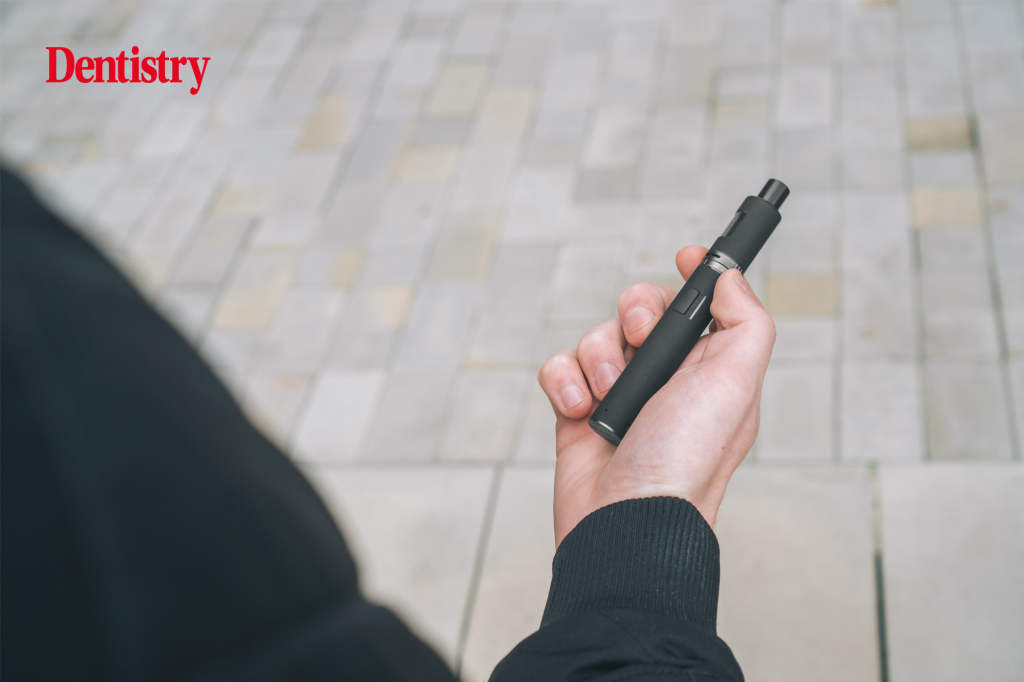A Boston-based company that conducted the world’s first fully automated dental procedure using a robotic system has announced another breakthrough.
Perceptive said Tuesday it has completed an early feasibility study of the world’s first in-vivo 3D intraoral Optical Coherence Tomography (OCT) dental imaging system, in collaboration with PDS Health, a medical support organization with more than 1,000 offices across the United States.
OCT, first introduced in 1991, is a non-invasive imaging technology that uses light waves to take cross-sectional pictures of tissues. It is widely used in fields such as ophthalmology, otorhinolaryngology, and dentistry.
During the study at PDS Health, Perceptive’s OCT system detected issues such as recurrent caries, voids, and cracks extending into the dentin, where traditional X-rays and exams could not determine the cause of symptoms like tooth sensitivity. The advanced diagnostic capability, combined with 3D visuals, helped improve patient diagnosis and increased treatment acceptance by enabling patients to better understand their condition and the need for intervention.
Three times the accuracy of X-rays
Following the study, Perceptive reported that the system demonstrated over 90 per cent sensitivity to dental pathology—three times the accuracy of traditional X-rays—and is expected to set a new standard in dental diagnostics, without the risks associated with ionizing radiation.
“This technology helped us diagnose issues in patients with symptoms that couldn’t be identified using conventional methods,” said Karim Zaklama, DDS, a general dentist and lead investigator in the study. “Both my patients and I felt reassured knowing that we could pinpoint the problems and address them before they worsened.”
“The system wasn’t affected by moisture or condensation and allowed me to see deeper layers of the tooth with remarkable clarity.”
Studies have shown that a significant percentage of patients decline recommended treatments, which affects both their oral and overall health. Many dental conditions are asymptomatic and not easily detected with low-sensitivity X-rays, leading to potential misdiagnoses or conflicting diagnoses, and a lack of patient trust.
Supported by a National Institutes of Health grant, Perceptive’s intraoral OCT imaging system is still under development.



